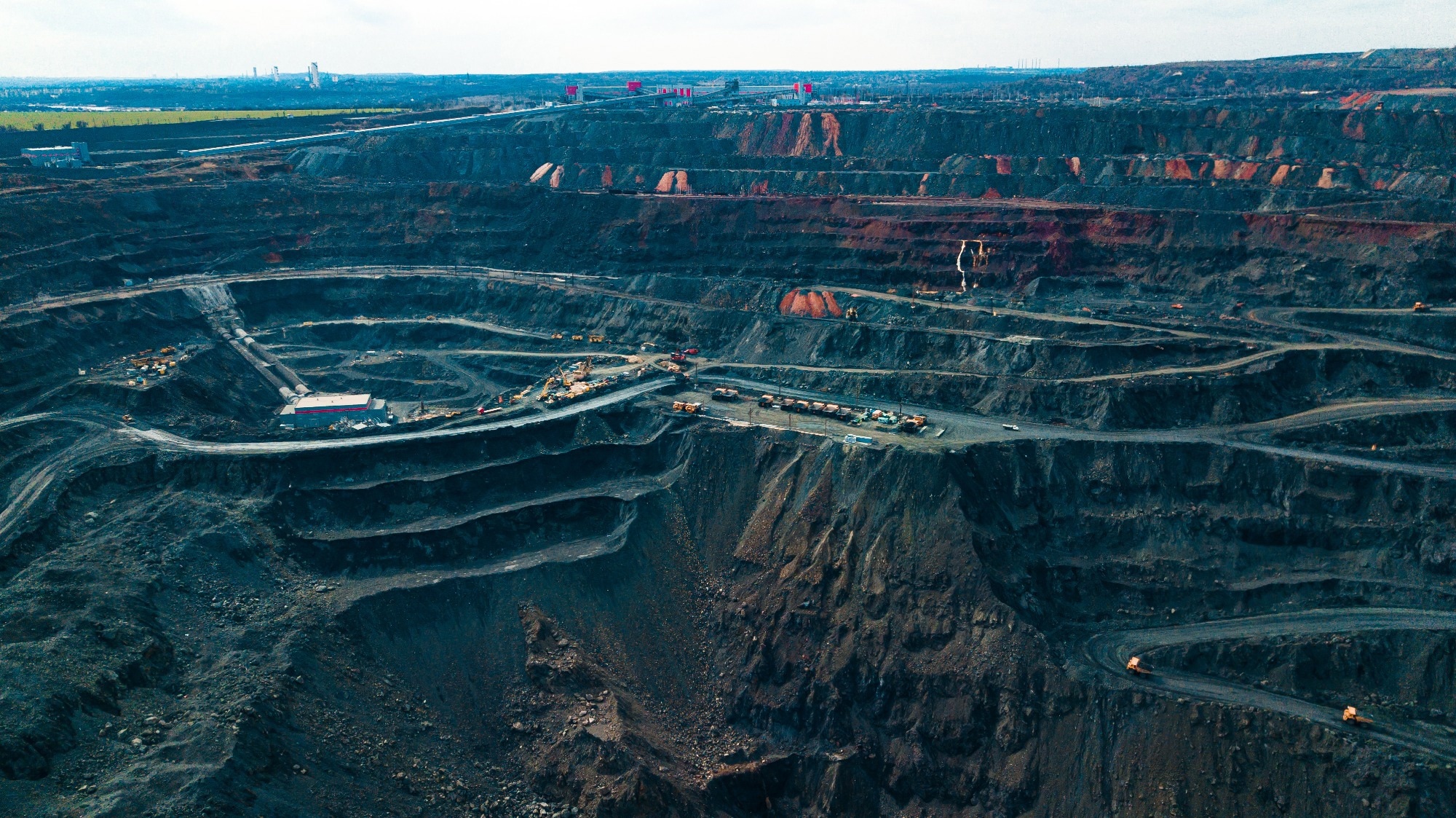Scientists have unveiled MIST, a new algorithm that rapidly identifies minerals from chemical data. MIST streamlines exploration and mining by automating a process that was once slow and expertise-heavy.

Image Credit: TR STOK/Shutterstock.com
The study, published in Computers & Geosciences, introduces the new technology MIST, short for Mineral Identification by Stoichiometry. It's a computational tool that classifies minerals using oxide compositional data.
By automating a task that traditionally relies on painstaking petrography and spectroscopy, MIST offers a faster, standardized way to handle the massive datasets now generated by modern exploration and mining operations.
Background
Accurate mineral identification underpins mining geology, influencing everything from how resources are quantified to which extraction methods are chosen. Conventional identification techniques depend heavily on textures, optical properties, and laboratory work. Whilst accurate, these methods are often too slow or impractical for large mineral deposits and early-stage exploration.
Converting the massive datasets generated by analytical technologies such as electron probe microanalysis and X-ray fluorescence into precise mineral identifications is also tricky. Natural variability and elemental substitutions in minerals complicate the process.
Furthermore, existing database-driven or machine learning approaches often lack consistency or demand large volumes of training data to be able to identify materials accurately.
MIST tackles these challenges by applying stoichiometric rules drawn from known mineral formulas. It offers a reproducible framework that turns raw compositional data into reliable mineral classifications.
How it Works
The algorithm analyses oxide weight percentages from mineral samples, normalizes them, and compares the results against stoichiometric boundaries derived from established mineral formulas. Each mineral species has characteristic oxide ratios, but MIST also accounts for natural substitutions, such as Fe, Mg, or Ca, using rules developed from the International Mineralogical Association (IMA) standards.
The tool recalculates mineral formulas for each dataset, filtering out poor-quality or contaminated analyses, before assigning mineral identities or sets of likely species. Implemented in MATLAB, with an online version available, MIST can easily be integrated into existing geochemical workflows.
Testing MIST
Applied to large geochemical repositories, including GEOROC, MIST successfully identified more than 200 mineral species across over 875,000 analyses. It generated standardized mineral formulas, flagged endmembers, and provided built-in quality checks that compared measured stoichiometry with ideal values.
Case studies with complex igneous and metamorphic rocks showed MIST’s strength in identifying key minerals such as clinopyroxenes, feldspars, and sulfates like anhydrite. The tool also captured the effects of elemental substitutions, a finding that could have major implications for mineral processing in mining operations.
The researchers say MIST improves the reliability of mineral databases, enhances resource estimation, and provides cleaner input data for machine learning models in mineral exploration. Although there are still some limitations to the technology, for example, narrow criteria in certain mineral groups or difficulties with mixed phases, the tool could significantly advance large-scale mineral identification.
Download your PDF now!
Implications for Mining
For the mining industry, MIST promises faster interpretation of geochemical data, which is especially valuable in early exploration when quick decisions are critical. It can also strengthen quality control by flagging anomalies that may signal contamination or alteration, issues that are common in ore samples. By adding clearer mineralogical context, MIST can improve the accuracy of resource estimates and guide more efficient processing strategies.
Looking Ahead
The authors emphasized that MIST complements rather than replaces traditional, texture-based mineral identification. It provides a rapid first-pass classification that can direct more detailed analysis. As exploration expands and mineral criteria evolve, the framework can be extended to new species and refined stoichiometric rules, keeping pace with the industry’s needs.
By making mineral identification faster, scalable, and more consistent, MIST supports a shift toward data-driven decision-making in mining, which could ultimately lead to more efficient and sustainable practices.
Journal Reference
Siebach K. L., et al. (2025). MIST: An online tool automating mineral identification by stoichiometry. Computers & Geosciences. DOI: 10.1016/j.cageo.2025.106021, https://www.sciencedirect.com/science/article/pii/S0098300425001712?via%3Dihub